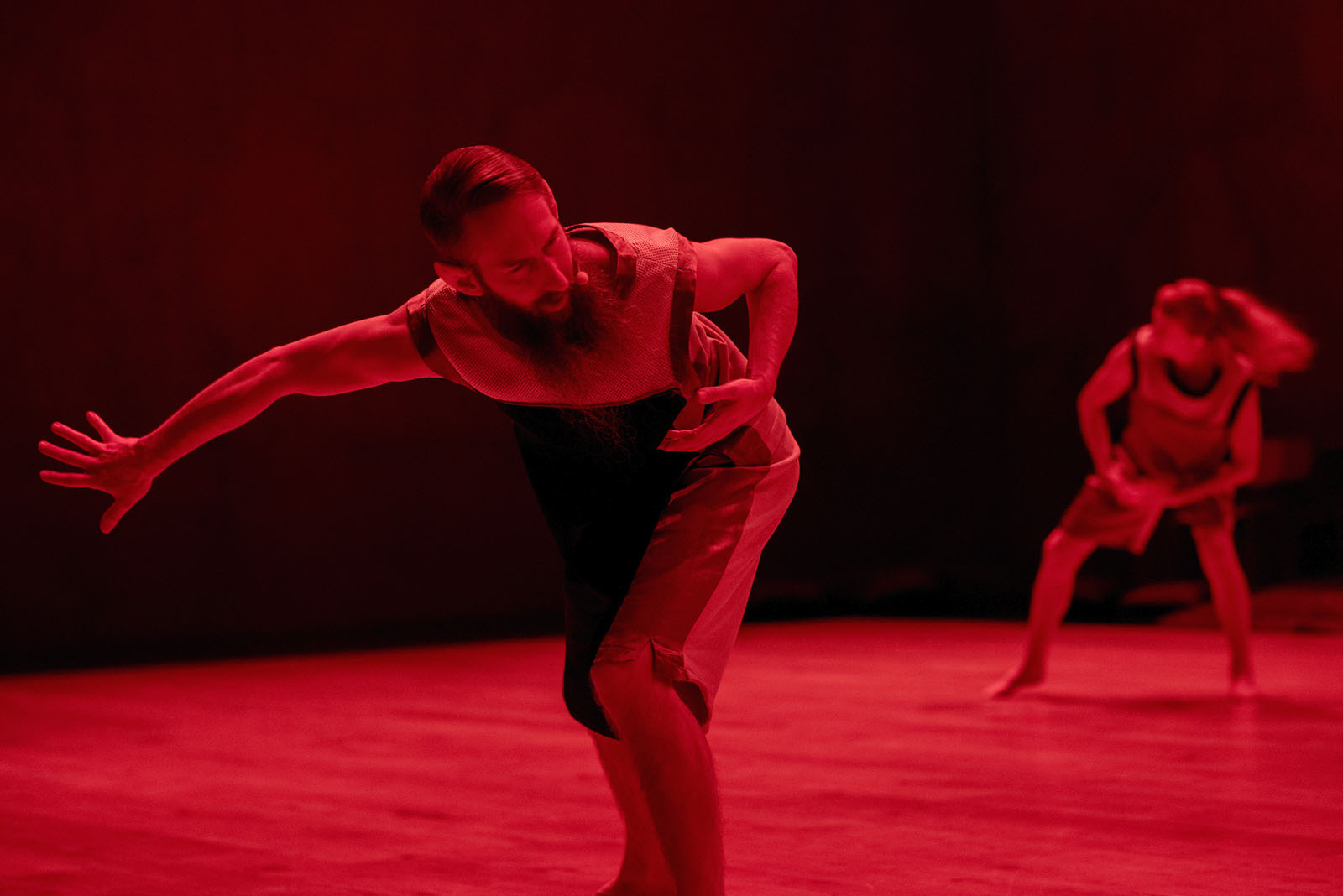Felt sense

The term felt sense is a frequent and central reference throughout my articulations of no-how generation, referring to an implicit, intuitive and informative awareness of bodily feeling. While this concept can apply to all embodied experience, my use of it is focused on the context of bodily felt sense awareness, experienced (and honed) within events of choreographic practice and performance. Bodily felt sense is an always-ongoing process of ‘reading’ (largely nonverbal) embodied experience as it unfolds in relationship with internal and external events. I consider this process to be the basis of how the generation of knowing emerges in choreographic contexts.
While I use the term felt sense to name something that arises within and is central to my history of embodied experience in dance and choreographic practice, I situate the term itself as originating from the work of American philosopher and psychologist Eugene Gendlin. Gendlin describes felt sense as ‘a special kind of internal bodily awareness’ (2003, p.10). For Gendlin, a felt sense percept:
…is usually not just there, it must form. You have to know how to let it form by attending inside your body. When it comes, it is at first unclear, fuzzy. By certain steps it can come into focus and also change. A felt sense is the body’s sense of a particular problem or situation. A felt sense is not an emotion. We recognise emotions. We know when we are angry, or sad, or glad. A felt sense is something you do not at first recognise - it is vague and murky. It feels meaningful, but not known. It is a body-sense of meaning. (2003, p.10)
Alongside the ways that my own embodied experiences of felt sense within my practice are a constant resource guiding this research, Gendlin’s influence is also woven into this discourse through my frequent references to Guy Claxton, whose perspective on embodied cognitive science is itself strongly imbued with an appreciation of Gendlin’s work.
READ MORE on felt sense in Clarification of key terms in Section 1 of my written thesis